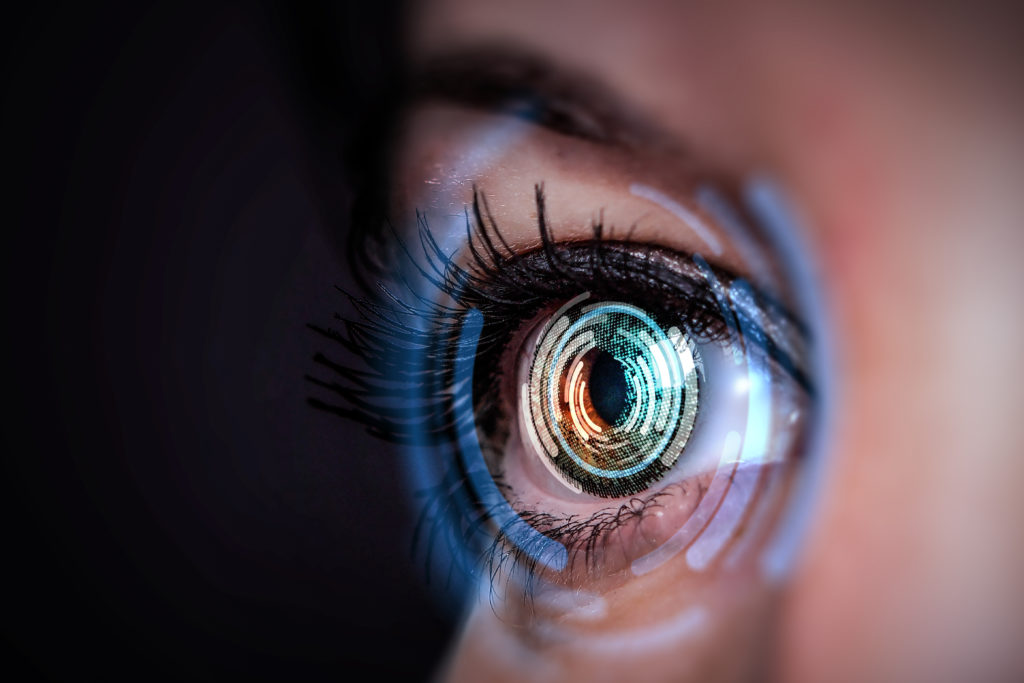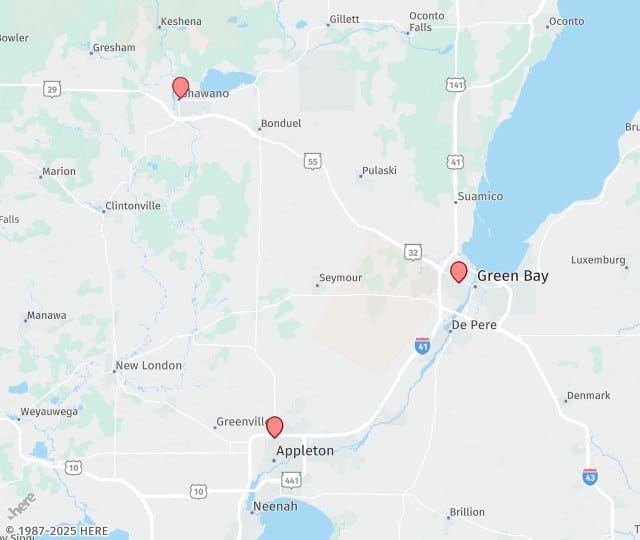A visit to Tower Clock Eye Center may require a series of tests and exams, especially if surgery is a possibility. When preparing for a procedure you may undergo a series of tests, including an A-scan test and/or a B-scan test. What are these tests, and what’s the difference?
Tower Clock Eye Center offers both scans, which are ultrasound exams performed to better understand each patient’s eyes and their specific anatomy. What the scans reveal are the health of the structures in the eye, but they can also show underlying health conditions such as a tumor or retinal detachment.
A-scan
The A-scan test is abbreviated for amplitude scan, which offers information about the length of the eye. This one-dimensional scan is most often used to give the axial length of the eye, which is needed when placing intraocular lenses during cataract surgery. This scan can also be used to evaluate for vision abnormalities and other diseases of the eye, including tumors.
B-scan
The B-scan gives a cross-sectional, two-dimensional view of a patient’s eye and its orbit. It is most commonly used to evaluate the back half area of the eye, especially when the front of the ey is too cloudy to see through. B-scans are helpful when diagnosing for eye conditions such as retinal detachment, vitreous hemorrhage, eye cancers and foreign body detection when the view of the back of the eye is poor.
A-scan and B-scan exams: What to expect
Both scans are painless procedures and are performed like all other forms of ultrasound, where sounds waves are sent out via a machine and the echoes are reflected to form an image on a screen. The doctor can then evaluate they eye through these images.
- For A-scans, patients will be administered anesthetic drops to numb the eyes. The patient will sit comfortably in a chair. The patient will look forward while the technician uses the ultrasound wand-like device on the front of the eye.
- For B-scans, patients will close their eyes and a gel will be applied on the eyelid surface. The doctor will use the wand device to examine the eye. For B-scans, the doctor may ask the patient to move the eyes about to better “see” its structures.
These scans are often completed in a few minutes. There aren’t any limitations following these exams other than being careful with your eye following the eye numbness associated with the A-scan.
A visit to Tower Clock Eye Center may require these scans, especially when leading up to surgery. To schedule with us, please call (920) 499-3102.

